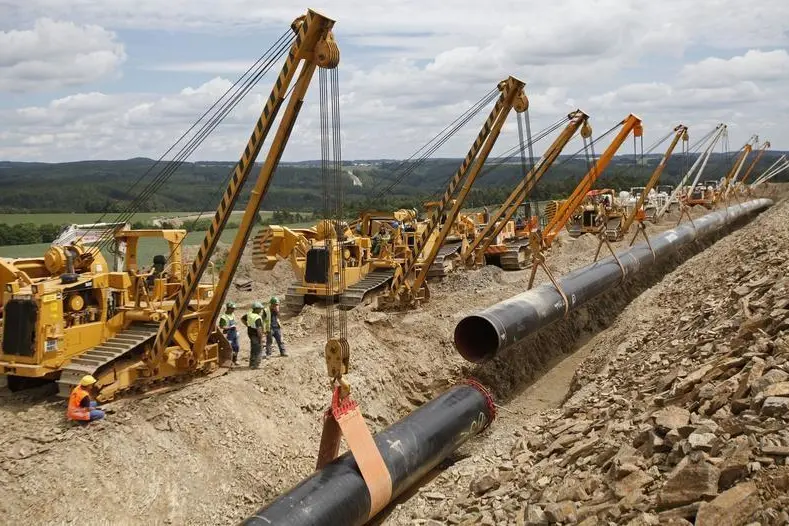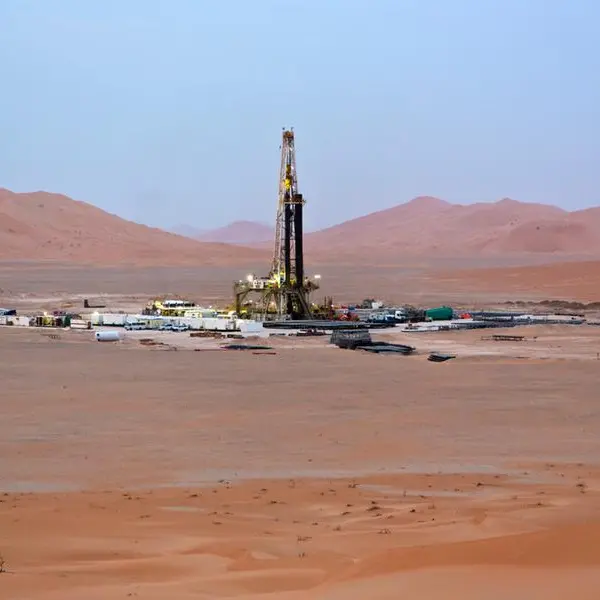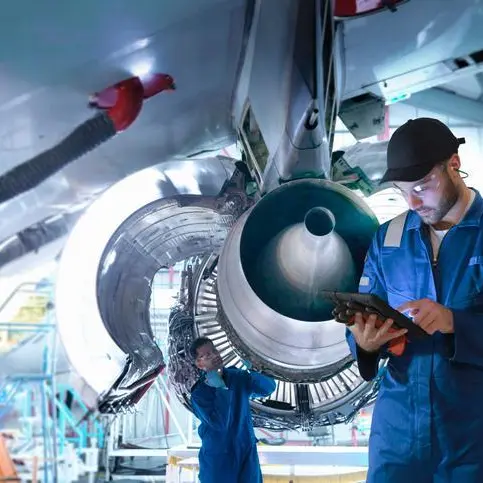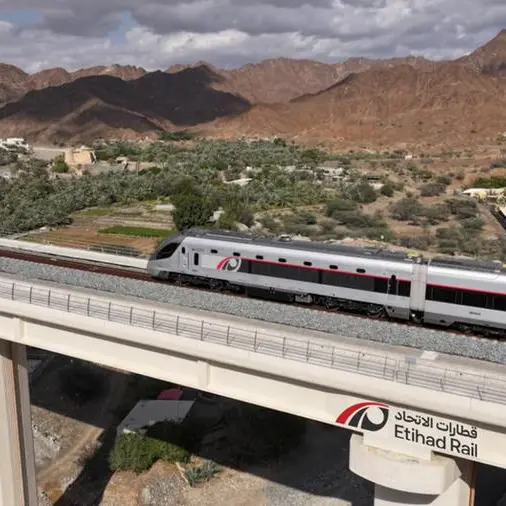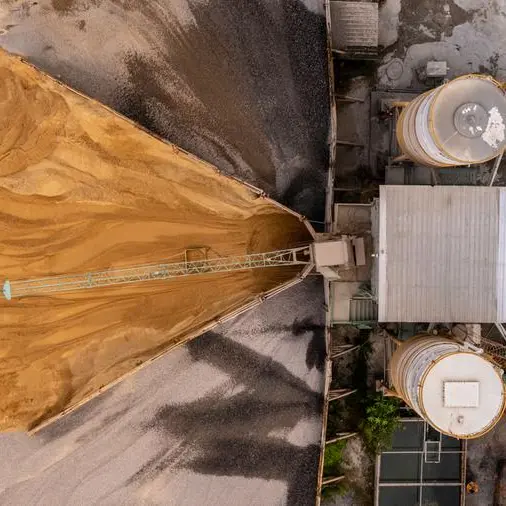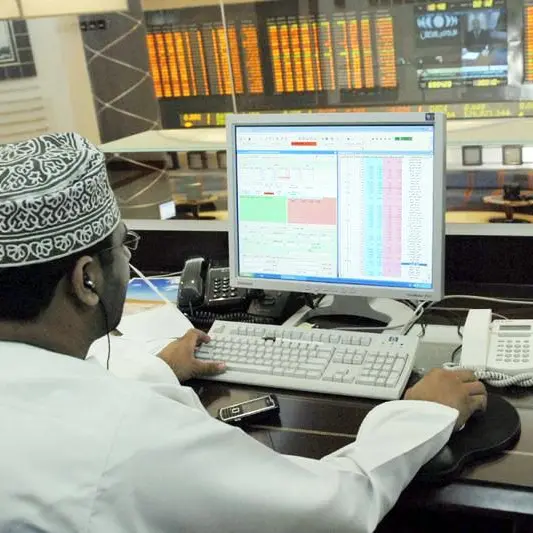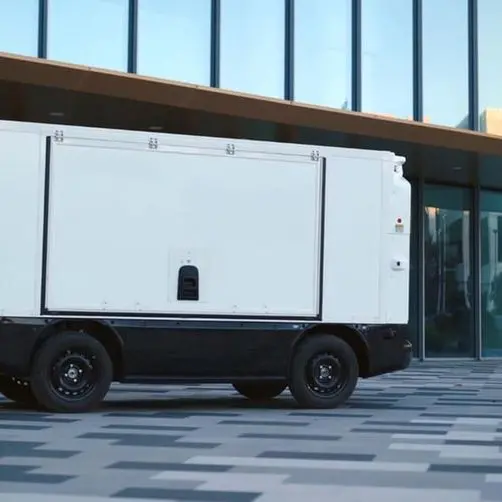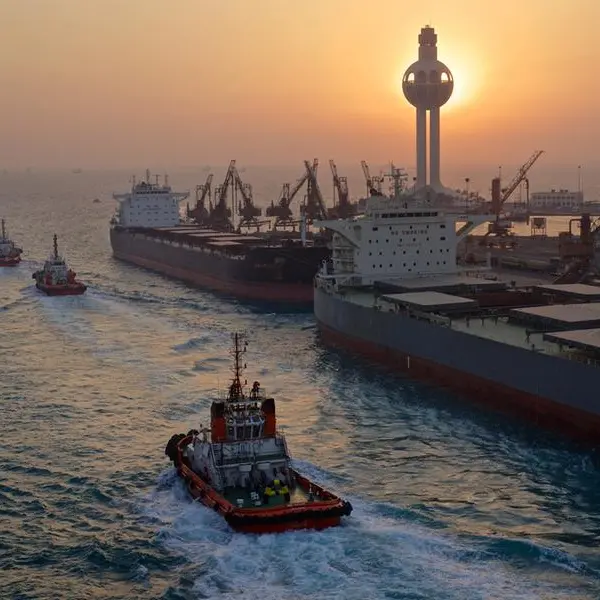PHOTO
Caterpillar Inc is expected to report higher sales in its energy and mining businesses when it reports results on Thursday, aided by rising commodity prices sparked by the war in Ukraine, which could add to the large-equipment maker's reputation as an inflation hedge.
The global re-routing of energy flows amid an intensifying war in Ukraine has been costly for gas-intensive companies, with commodity inflation increasing input costs for manufacturers.
But with Europe and the United States vowing to sideline Russian oil and gas, prices for Brent crude oil sky-rocketed to a record $127.98 a barrel in March, while U.S. West Texas Intermediate (WTI) crude peaked at $123.70.
"[Before the war] there was a perception CAT wasn't positioned particularly well because mining, oil, and gas were not going to be growth sectors," said Stephen Volkmann, senior machinery analyst at Jefferies. "What we have learned is that we need to ensure the supply of basic and transition fuels."
The staggering rise in raw materials and oil prices is benefiting the Illinois-based manufacturer of construction and mining equipment.
As drilling activity picks up, so does spending from the mining and oil industries looking to improve their machinery fleet. Caterpillar's revenue is estimated to jump 12% to $13.35 billion, according to IBES data from Refinitiv.
"CAT can be regarded as a net beneficiary of material cost inflation to the extent that its customers in mining, oil and gas are better off and looking to spend more on equipment," J.P. Morgan analyst Tami Zakaria said in a note.
Historically, a surge in commodity prices and inflation has tilted in Caterpillar's favor - boosting investors confidence in the blue-chip stock. Shares rose 19% in March.
Caterpillar has long been viewed as an inflation hedge, said Noah Kaye, senior research analyst at Oppenheimer & Co Inc. "Their segments that typically see the highest incremental margins the segments that the majority of their mining business houses."
Much like other industrial manufacturers, Caterpillar may still see some margin compression from prolonged supply chain constraints and labor shortages.
Last year, Caterpillar implemented price increases to offset mounting input costs. Now, "investors are going to be looking for little margin improvement because of those pass through costs," said analyst Brian Langenberg of research firm Langenberg & Company. (Reporting by Aishwarya Nair in Bengaluru and Bianca Flowers in Chicago)
